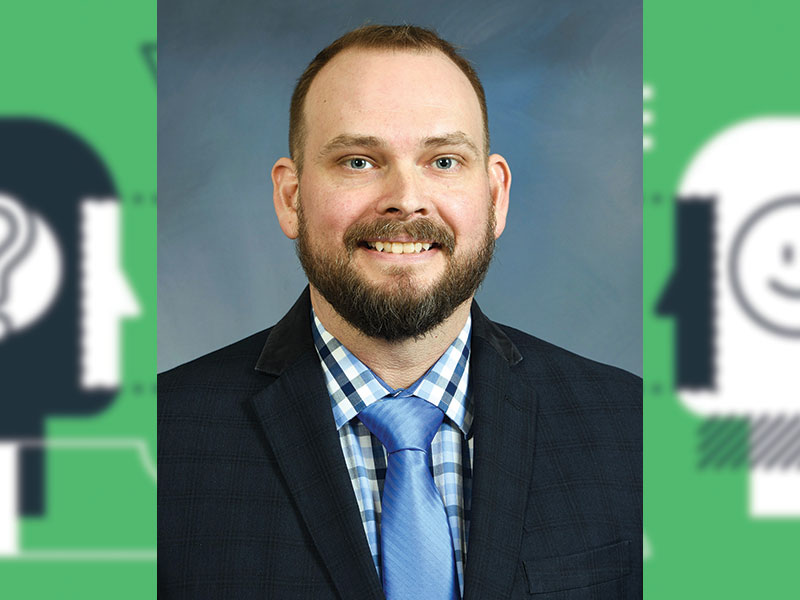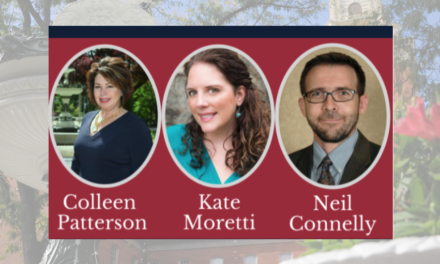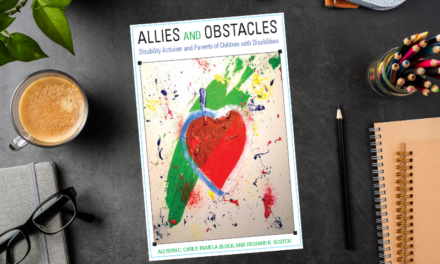This story first appeared in the Shippensburg University Magazine.
With a background and research interest in hate crimes in America, Dr. Matthew Fetzer, associate professor of criminal justice, works with students to recognize and understand their biases. Fetzer was on sabbatical last semester working on the now published research book,“The Measurement of Hate Crimes in America,”with his colleague that measures hate crimes in the US. For many students, his class is an eye opener.
What led you to teach a course on hate crimes?
I’ve been doing the class for two to three years, and I developed it for our program because it is necessary. If you pay any attention to the media, there are a lot of issues with hate crimes in our society. They are becoming more prevalent—there is an increase. There are a lot of questions about why that is, and what’s going on with our environment when you’d expect that hate crimes should actually be decreasing.
What is your experience with this topic?
Before I came here to the university I worked in New York State for the Division of Criminal Justice Services as a policy analyst. One of the things I did for DCS was an annual hate crime report. The FBI uses our data… for their annual reports. It was my job to do the localized reports in terms of New York State. I’m currently on sabbatical with a colleague of mine. We’re writing a book together on how to measure hate crime in the United States. It just works out that the publication with research I’ve been doing in the field, why not bring that to the classroom? The students seem to really like it. They end up learning a lot and really seem to enjoy the class.
What does the class cover?
The way the course is laid out, we look at all aspects of hate crime. We start out talking about what it is, conceptualize it, and we talk about legislation—the fact that it exists and doesn’t exist in some parts of the country. Then we get into talking about who measures it at a national level and what are the patterns and trends. After that, we break into more specific topics, like offending hate groups and how to fight or combat hate.
As part of the course, you have students complete the Harvard University Implicit Association Test (IAT), which measures stereotypes and biases. Why do you use this?
We, as a department, use this IAT in our Race, Ethnicity, and Crime course. I teach Hate and Crime, and we look at (four tests): disability, Arab/Muslim, sexuality, and race. …There’s been a lot of research on the IAT test in terms of its reliability and validity. I’m not too concerned with it, because I’m not using it as a tool to actually measure my students’ bias or discriminatory practices. We use it as a self-reflection. …I don’t judge them. They screenshot the results and submit it with a one-page synopsis that talks about what were they, do you agree with them, and are you surprised by the results? Then I ask them what they think about the assessment itself. Is it fair, is it accurate? Can you really assess somebody’s bias by clicking (keyboard buttons)? Could you take it again and score differently?
Are students reflective about the results?
Some people might be surprised. …If they did show any implicit bias, we talk about where do you think that comes from, or what contributes to it? People talk about their upbringing or their parents, or maybe they grew up in a hometown where there weren’t a lot of minorities or they didn’t have friends who were gay. We talk about that lack of exposure to groups. We also talk about if a bias is set in stone. Can they change it? And if they are going to change it, how are they going to do that? That brings it full circle, that’s the whole point of the exercise—to self-reflect and look deeper, and realize if you have this bias you can change, work on it, and be cognizant of it.
We are teaching them about it, and they are learning how to educate themselves on it. Teaching acceptance is very important. The other thing is to dig deeper. Look at yourself, do a self-assessment and self-reflection.





